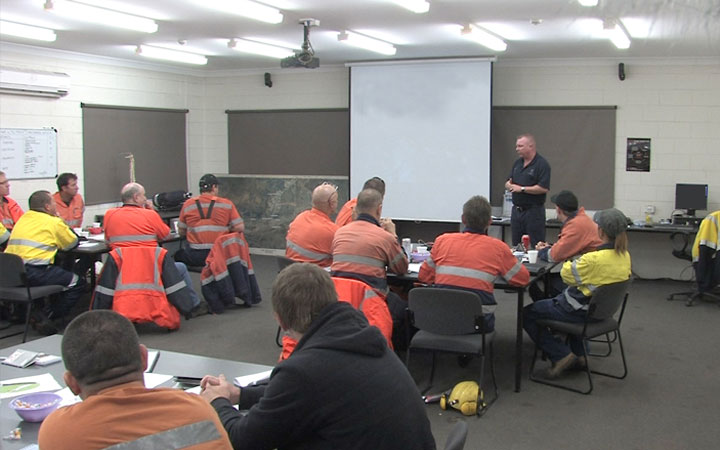The purpose of an induction programme is to welcome new employees to the company and prepare them for their new role.
Induction training should include development of theoretical and practical skills, but also establish the company’s culture giving the new staff members a sense of “how we do things around here”.
Although every workplace has unique induction requirements, this article suggests two fundamental rules that should be applied when designing an employee induction.
Rule 1 – Get the content right
Including the right content is not only a legislative requirement but also ensures everyone is consistently working in accordance with the company’s established quality standards.
As a minimum, inductions should cover the six key aspects of the business. These being:
- the nature and layout of the building/s (including any hazards that exist on site)
- organisational structure (including communication and reporting protocols)
- company policy, procedures and practices
- risk management process
- emergency procedures
- applicable statutory and regulatory information directly relating to the roles and responsibilities of the new employee’s position within the company.
When collating information to be included in the induction, only use information that is relevant and current.
- Don’t overwhelm the employee with unnecessary detail.
- Present the information in a logical flow that reflects the new employee’s normal work pattern.
- Be clear on what information is a must know, should know or good to know. Keep information in the initial stages as must know then build on it over time.
- Provide sufficient information and direction to enable all employees to perform their duties properly.
The induction process is critical in helping employees settle into their new role. Consider how the induction may dovetail into any existing training, refresher or professional workforce development initiatives and programs. Integrating the induction with other workforce development initiatives not only streamlines the on-boarding process, it ensures inductions do not duplicate training initiatives from other areas of the business, thus saving time and energy.
Rule 2 – Deliver the content appropriately
The information should be presented in a way that reflects the company’s professionalism and culture. Think about the tone you want to set and how you would like new employees to feel coming into the business.
Advances in technology mean that an induction can be delivered in many different formats, including PowerPoint presentations and videos. However with the range of media options available, it is important to make sure that you use the most suitable method for delivering your information to the intended audience.
Irrespective of the format and media you choose, the induction must be interactive, with built-in opportunities for discussion and feedback. To help give the induction a clear structure and format follow these guidelines.
- Tell the employee what they will be doing during the induction process and what is expected of them.
- Involve the employee by incorporating practical work activities as early as possible. Remember the saying attributed to Confucius: “Tell me and I will forget; show me and I may remember; involve me and I will understand”.
- Ensure that the content is readily available for the employee to refer to before and after the induction process.
- Use willing mentors and subject matter experts to present content where practical.
Like any workforce initiative, the induction process must be readily embedded within the organisation. To achieve this, the induction must involve buy-in and ownership from all stakeholders, including IT, HR, WHS, operations and management. Involve stakeholders throughout the design, development and implementation stages to ensure that the induction is delivered as per its design to achieves the desired outcomes.
Remember the induction is the first impression employees get of the company. Make sure it sends the right message of what the company is about, where it is going, and how new employees are able to help the company achieve its goals.
For further information on how to design and build an employee induction, contact Pertrain Pty Ltd on (07) 5445 2233.

